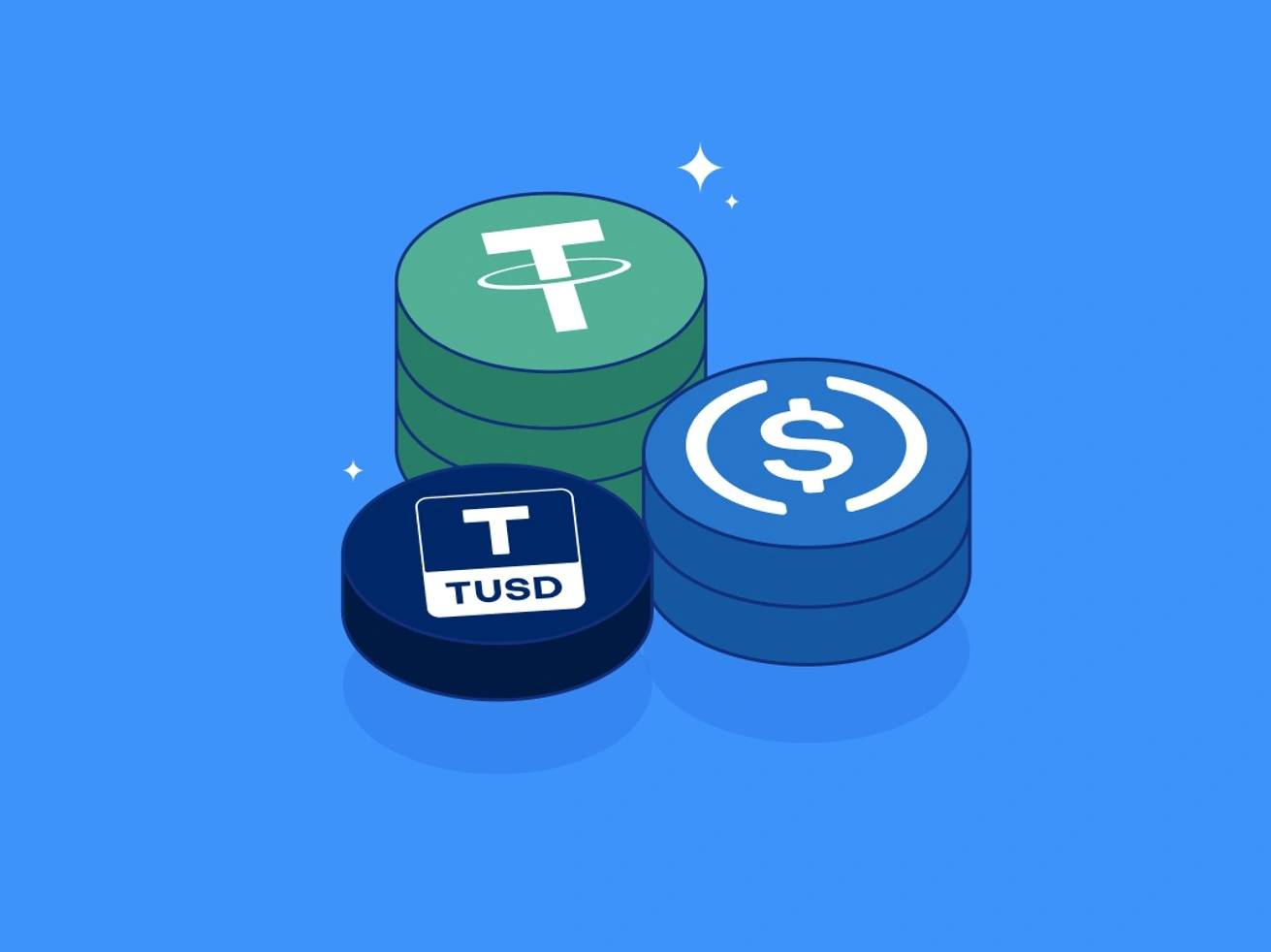Subscribe to wiki
Share wiki
Bookmark
Stablecoin
We've just announced IQ AI.
Stablecoin
Stablecoins are cryptocurrencies designed to minimize volatility by maintaining a peg to a "stable" asset or basket of assets. A stablecoin can be pegged to a cryptocurrency, fiat money, or to exchange-traded commodities (such as precious metals or industrial metals). There are four types of stablecoin: fiat-backed, crypto-backed, commodity-backed, algorithmic, and fractional algorithmic. [1][13] [14] [15]
Fiat-backed
The value of stablecoins of this type is based on the value of the backing currency, which is held in reserve. In this setting, the trust in the custodian of the backing asset is crucial for the stability of the price of the stablecoin. Fiat-backed stablecoins can be traded on exchanges and are redeemable from the issuer. The cost of maintaining the stability of the stablecoin is equivalent to the cost of maintaining the backing reserve and the cost of legal compliance, maintaining licenses, auditors, and the business infrastructure required by the regulator. Examples of fiat-backed stablecoins include USD Coin (USDC), Binance USD (BUSD), and Tether (USDT). [1][14]
Cryptocurrency-backed
Cryptocurrency-backed stablecoins are issued with cryptocurrencies as collateral, which is conceptually similar to fiat-backed stablecoins. However, the significant difference between the two designs is that while fiat collateralization typically happens off the blockchain, the cryptocurrency or crypto asset used to back this type of stablecoins is done on the blockchain, using smart contracts in a more decentralized fashion. In many cases, these work by allowing users to take out a loan against a smart-contract via locking up collateral, making it more worthwhile to pay off their debt should the stablecoin ever decrease in value. Unlike fiat-backed stablecoins, cryptocurrency stablecoins typically use over-collateralization to compensate for the volatility of cryptocurrencies. To prevent sudden crashes, a user who takes out a loan may be liquidated by the smart contract should their collateral decrease too close to the value of their withdrawal. For example, as of August 2020, MakerDAO, the DAO behind the Dai stablecoin, requires a 170% collateralization rate for their ETH vault meaning that a user would have to collateralize $170,000 of Ethereum to receive $100,000 of Dai. [16] [14]
Commodity-backed
Commodity backed by stablecoins are backed by commodities such as precious metals (gold, silver etc.) Holders of commodity-backed stablecoins can redeem their stablecoins at the conversion rate to take possession of real assets. The cost of maintaining the stability of the stablecoin is the cost of storing and protecting the commodity backing. [5][6][7]
Algorithmic
Algorithmic also known seigniorage-style coins utilize algorithms to control the stablecoin’s money supply, similar to a central bank's approach to printing and destroying currency. [1] [14]
Significant features of seigniorage-style stablecoins are:
- Adjustments are made on-chain
- No collateral is needed to mint coins
- Value is controlled by supply and demand through algorithms, stabilizing price.
Fractional Algorithmic
Fractional stablecoins are a mix of both collateralized and algorithmic stablecoins. A fraction of the stablecoin's circulation is backed by asset reserves, and the rest is controlled through an algorithm. [18] Frax Finance was the first protocol to use this model launching as the first fractional algorithmic stablecoin on Monday, December 21, 2020, at 0:00 UTC. Part of the supply is backed by the fiat-backed stablecoin USDC and part of the supply is backed algorithmically. [17]
See something wrong?
